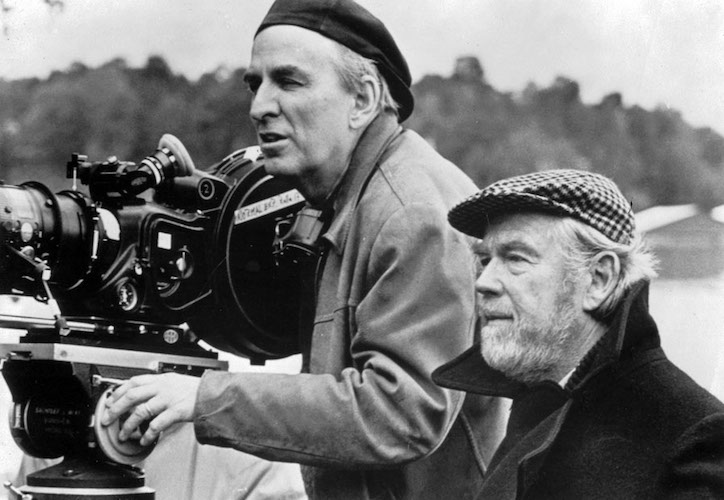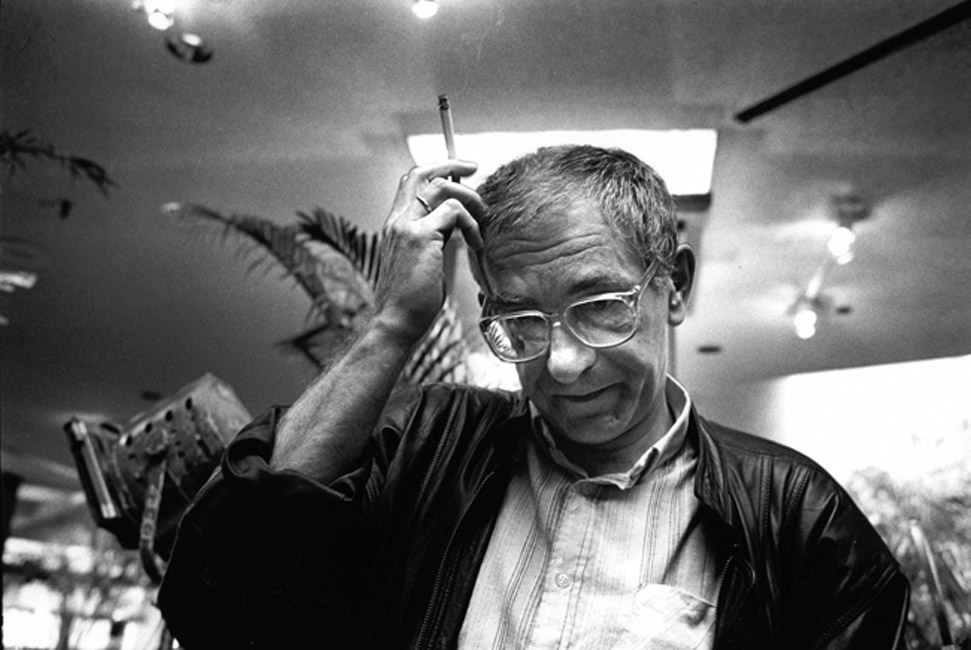Leonald Shelby, an insurance investigator, had his life catapulted when his wife was raped and murdered by two men. Even though he managed to kill one of them, the other one escaped after strangling him. The encounter left him with anterograde amnesia, a condition in which he is unable to keep recent memories more than five to seven minutes. His claim that there was a second attacker was rejected in the face by the police and Leonald had no other way than to hunt down the culprit himself, battling his amnesia and with the help of notes, Polaroid, and tattoos.
The summary of the 2000 flick Memento directed by Christopher Nolan is as simple and interesting as that of any good movie. But, the viewers who stepped into theaters during the first week of the release were spellbound by its never-seen-before structure. The movie gained a cult status over the years and in this video Nolan remembers how his brother and he decided to tell the story subjectively, in the first person during a road trip.
With One Eye He Cries, Sven Nykvist’s Tryst With Light & Shadows
Thus, they started writing, Nolan the screenplay and his brother the short story, simultaneously. The first person narrative method helped them to keep the audience in the dark, like Leonald himself. They were not allowed to know any details more than Leonald. The audience was as lost as him in the labyrinth of memory loss and the movie unwinding backward intensified that amnesiac effect till the pattern of the series of events gradually revealed by the end.
In order to make it more convincing, Nolan divided the movie as an alternate, black and white and color sequences. The color sequences where intensely subjective and the grainy, black and white sequences were exclusively objective. Nolan says the viewers are inside Leonald’s head while they are watching the color sequences and outside in the black and white sequences. The black and white sequences carry a documentary objective to provide a little more information to the viewers about what happened and are happening in Leonald’s life.
Francis Ford Coppola Reveals The Magic of Cinema And How Making It Happen
So, while the black and white sequences were told linearly and the color sequences were told backward, in resonance with Leonald’s brain activity which tries to figure out his past. As the viewers and Leonald collect more details about the incident, the black and white sequences are getting less subjective and the cultured sequences more subjective. The two narratives, subjective and objective, meet at the end of the movie.
Written By: Ragesh Dipu
Image Courtesy: www.yahoo.com




